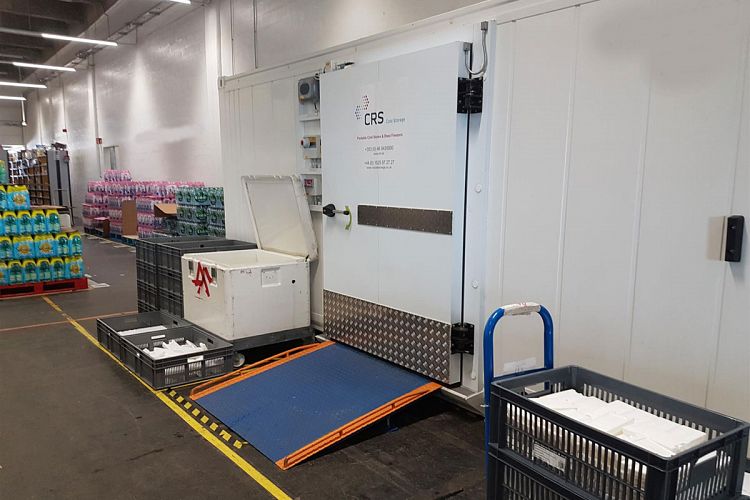

The thawing of smaller crystals does not have the same impact on the food meaning that the taste and texture is preserved. Larger crystals will rupture the cells of the food as they melt therefore having a detrimental effect on the overall flavour and texture of the item. The size of the frozen crystals which form can have a dramatic effect on the food once it is thawed. A blast chiller promotes a rapid freezing process, the result being that the crystals formed inside the foods are much smaller. When food is stored in a domestic freezer the water held inside becomes frozen these crystals being relatively large in size. It is this difference which makes the blast chilling process truly unique and a must have for any commercial food business. Why should they invest large sums of money for something which can also seemingly be achieved with a large scale domestic item? Well, the method involved in the blast chilling process, although appearing to achieve the same effect as a piece of domestic equipment does actually differ although it is not noticeable to the naked eye. Many people, often those who deal with the expense of having to invest in these pieces, often wonder what makes blast chillers more effective than an ordinary freezer. Blast chillers, as with all high grade pieces of equipment, can be pricy to purchase and thus makes them more easily accessible to commercial properties and food businesses rather than for occasional and unnecessary use in the domestic environment. This led to the birth and commercialisation of the blast chilling practice being an essential part of the food industry. The idea of the refrigerator storing food at a consistent low temperature gave way to designers and inventors taking the basic concept and creating a way to speed up the process so that food could be chilled to a safe temperature in as short a period of time as possible.

By the beginning of the 20 th century, people were beginning to discover that the idea of blowing cold air over the surface of food ingredients was highly effective as a method of quick freezing and therefore allowing safer storage of food which was to be used at a later date. By 1880 the first frozen cargo of food products managed to reach British shores from Australia safely and without being compromised. It was not until 1842 with the invention of the refrigerator, although in a simple and less technical form, that these methods of preservation were abandoned. Prior to the invention of what we now recognise as the refrigerator, people would have to use preservation techniques such as soaking in salt or brine and storing in ice houses to ensure that the food remained as fresh as possible. The idea for the design of the blast chiller was taken from the refrigerator theory and these two products are therefore often thought of as cousins. Although this method of chilling food safely and effectively was originally designed for commercial food premises however was later also incorporated into the preparation and production of ‘instant’ foods, ensuring that the quality of the product remained as tasty after storage as it was when fresh. By following this practice, the food is considered safe to store for consumption at a later date. This information allowed researchers to deduce that a blast chiller must be able to reduce the core temperature of cooked food from 70˚C/158˚F to 3˚C/37˚F or below within the time frame of a maximum of 90 minutes. Bacteria multiply fastest between 8˚C/46˚F and 68˚C/154˚F. The data found also highlighted the speed at which the food items must be taken to the desired temperature. Much research was undertaken in this area and the results proved useful in determining how the blast chiller should work and the temperature boundaries it must meet. But what is blast chilling and how has it come about?īlast chilling is a term used to describe the method of cooling food to a low temperature quickly meaning that it passes through the food danger zone quickly therefore harmful bacteria is not given the opportunity to develop and multiply.

When blast chilling first came about it was not compulsory by law to integrate this practice into daily routines however as the concern for safe guarding the public against potentially harmful bacteria was addressed, the law stated that blast chilling was in fact obligatory to any food preparation businesses which plan to later regenerate pre-prepared foods. Blast chilling should now be used in all commercial restaurants, cafes and bistros basically anywhere that prepares and serves food to the public.


 0 kommentar(er)
0 kommentar(er)
